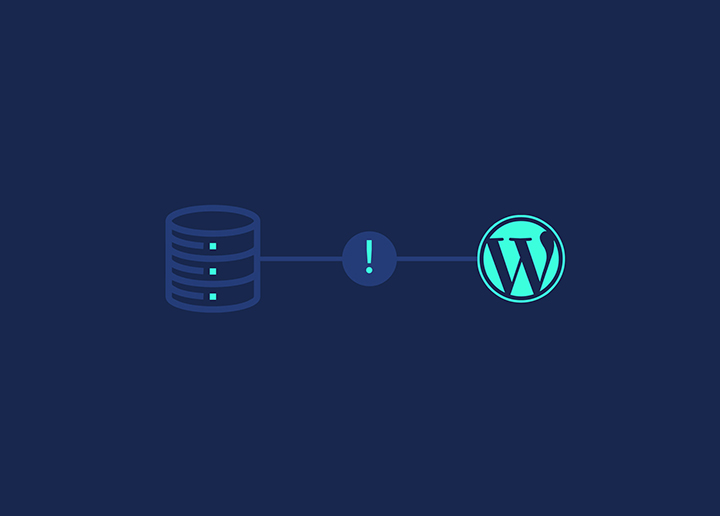In this article, we will explore how WordPress processes post content. WordPress applies various filters and functions to the post content to ensure proper formatting, security, and functionality. Understanding how WordPress processes post content can help you create and customize your content effectively.
Visual Editor
WordPress provides a visual editor, also known as the block editor or Gutenberg editor, that allows you to create and format your post content visually. You can use various blocks to add text, images, videos, and other elements to your posts. The visual editor provides a user-friendly interface for composing and editing your content.
WordPress Function
WordPress uses the wpautop() function to automatically add HTML paragraph tags and line breaks to the post content. This function ensures that the content is displayed correctly with proper spacing and formatting when rendered on the front end of your website.
Texturize
Texturize is a process in WordPress that converts specific characters and symbols into their typographically correct counterparts. For example, it converts straight quotes into curly ones, hyphens into dashes, and ellipses into appropriate characters. This process improves the overall typography and visual appeal of the content.
Convert Smilies
WordPress has built-in support for converting smilies or emoticons into graphical representations. For example, the text “:)” is transformed into a smiley face image. This feature adds a touch of personality and emotion to your content.
Convert Characters
WordPress also can convert certain characters into HTML entities for security purposes. This prevents potential issues with cross-site scripting (XSS) attacks by ensuring that user-generated content is properly sanitized and displayed as plain text.
Methods to Prevent Processing
Sometimes, you may want to prevent specific post content from being processed by WordPress filters and functions. WordPress provides methods to bypass or turn off specific processing steps. These methods include using shortcode tags, the <!–noformat–> HTML comment, or the esc_html() function to escape HTML entities.
By understanding how WordPress processes post content, you can effectively create and format your content to achieve the desired visual appearance and functionality. Additionally, being aware of the processing steps allows you to leverage the available methods to control and customize the processing of your content.
















